Forgotten scientific theories that people believed
The history of science is riddled with fascinating theories that once captured the imagination of scholars and laypeople alike. These ideas, though eventually debunked, offer a glimpse into the evolving nature of human understanding.
From the mystical to the downright peculiar, these forgotten theories remind us of the scientific journey’s dynamic nature. They also highlight how curiosity and creativity have always driven the quest for knowledge, even when the destination was ultimately incorrect.
Phlogiston Theory: The Mysterious Element of Fire
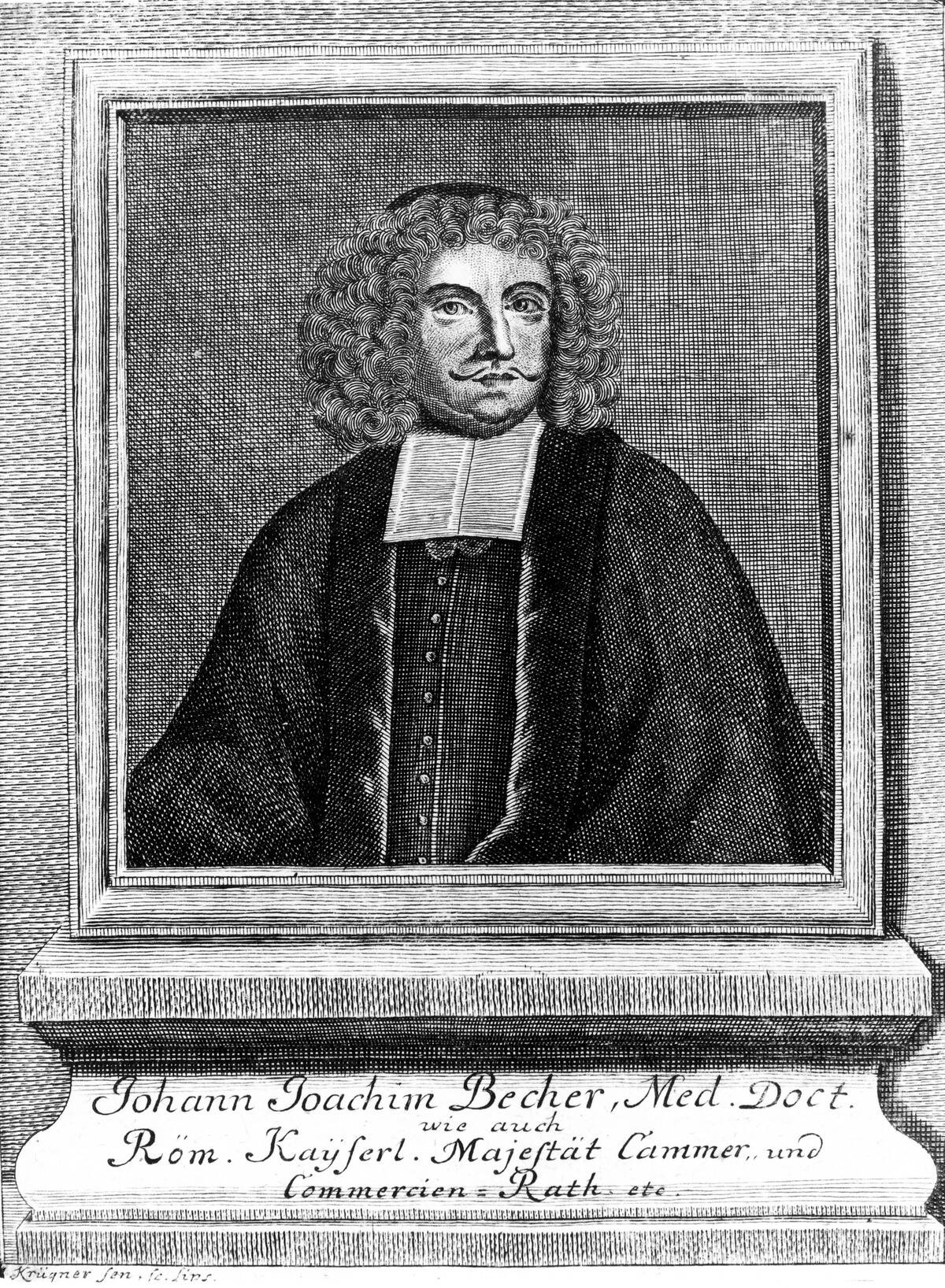
In the 17th century, the phlogiston theory was proposed to explain combustion and rusting. It suggested that a mysterious substance called phlogiston was released during burning. Johann Joachim Becher (pictured) and Georg Stahl were the key figures behind this idea.
However, it was later debunked by Antoine Lavoisier, who discovered the role of oxygen in combustion. Despite its inaccuracy, phlogiston theory was a stepping stone in the development of modern chemistry.
The Hollow Earth Theory: A World Within Our World
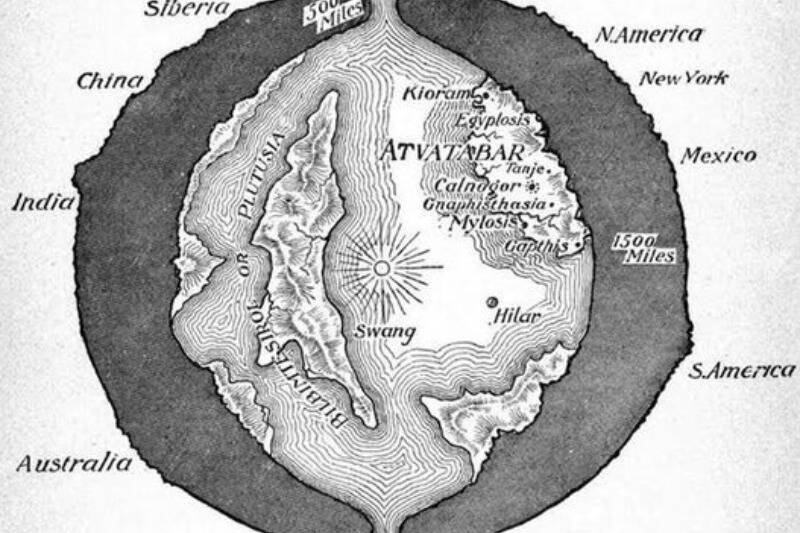
The hollow earth theory proposed that our planet is hollow and possibly inhabitable inside. Originating in the 17th century, it gained popularity through Edmond Halley and later John Cleves Symmes Jr., who suggested large openings at the poles.
While modern geology and seismic data have conclusively disproven this idea, it remains a popular theme in fiction. The allure of hidden worlds continues to captivate imaginations, illustrating humanity’s fascination with the unknown.
Luminiferous Aether: The Invisible Medium of Light
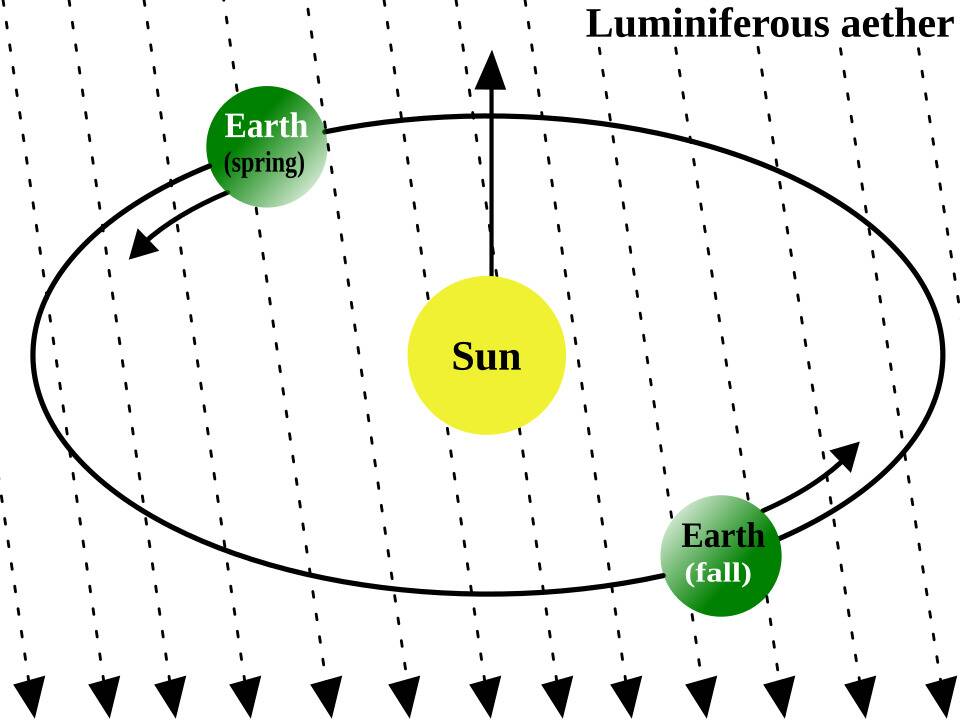
Before the advent of modern physics, luminiferous aether was thought to be the medium through which light waves traveled. This concept was widely accepted until the Michelson-Morley experiment in 1887 failed to detect its presence.
Albert Einstein’s theory of relativity later provided a new understanding of light, eliminating the need for aether. The idea of an invisible, all-pervading substance may have been discarded, but it was crucial in shaping the path to quantum mechanics.
Spontaneous Generation: Life from Non-Life
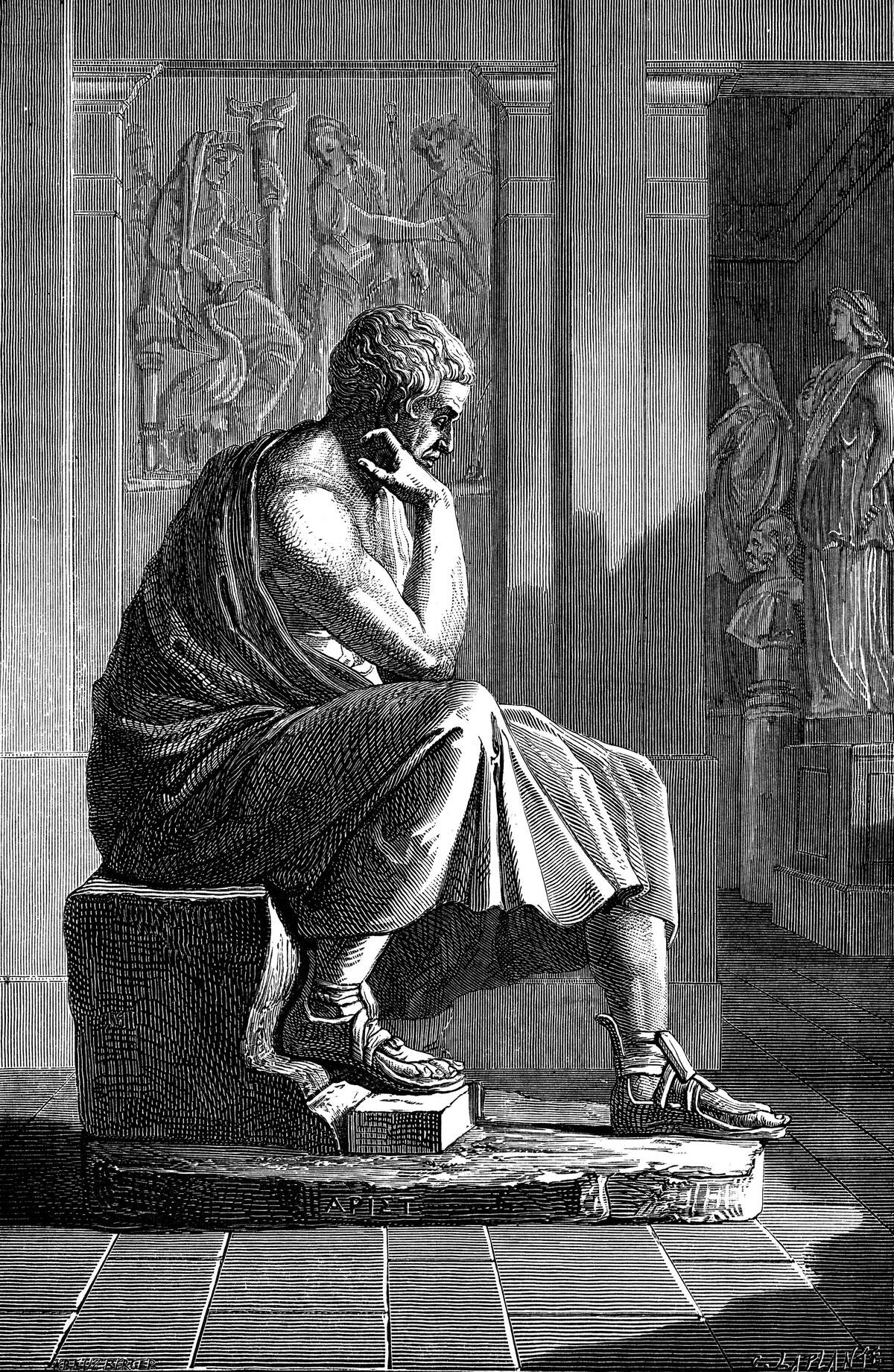
Spontaneous generation was the belief that life could arise from non-living matter, such as maggots from decaying meat. This idea dates back to Aristotle and persisted until the 19th century.
It was finally disproven by Louis Pasteur, whose experiments demonstrated that microorganisms were responsible for decay, not spontaneous creation. Pasteur’s work laid the foundation for germ theory, revolutionizing our understanding of microbiology and disease prevention.
The Expanding Earth Hypothesis: Growing Pains of Our Planet
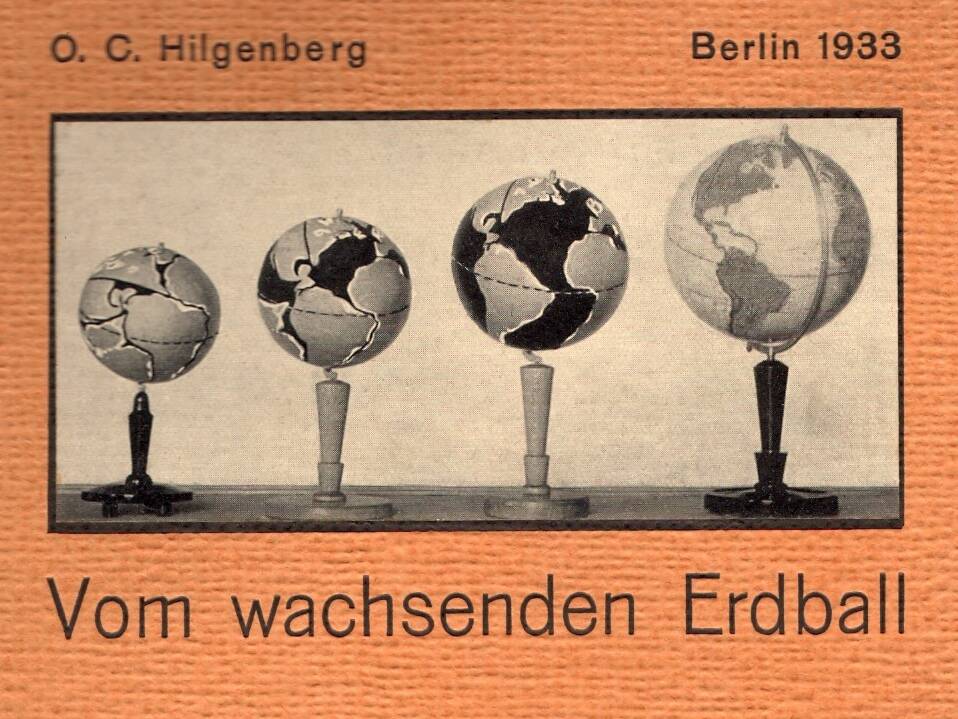
The expanding Earth hypothesis suggested that the continents drifted apart as the Earth increased in volume. Proposed by scientists like Roberto Mantovani and Otto Hilgenberg, it was an alternative to plate tectonics.
However, evidence supporting plate tectonics, such as seafloor spreading, eventually overshadowed this theory. While the expanding Earth hypothesis is no longer considered valid, it contributed to discussions that led to a better understanding of Earth’s geological processes.
Miasma Theory: Bad Air and Disease
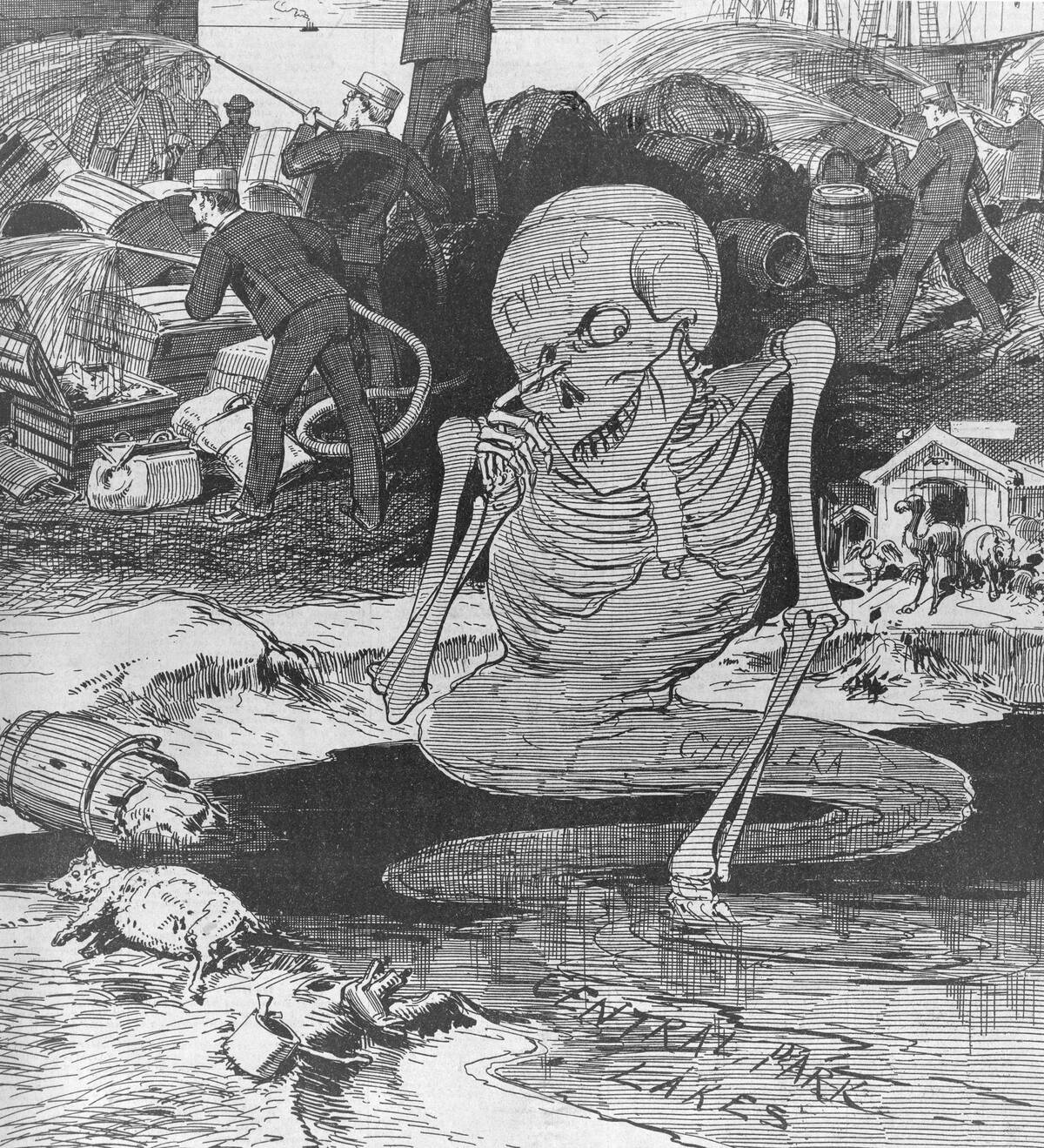
Miasma theory posited that diseases were caused by ‘bad air’ emanating from decaying organic matter. This idea was prevalent until the late 19th century, influencing sanitation practices.
It was eventually replaced by germ theory, thanks to figures like John Snow, who linked cholera to contaminated water. While miasma theory was incorrect, it spurred improvements in public health infrastructure, showcasing the complex path of scientific progress and its impact on society.
The Geocentric Model: Earth at the Center of the Universe
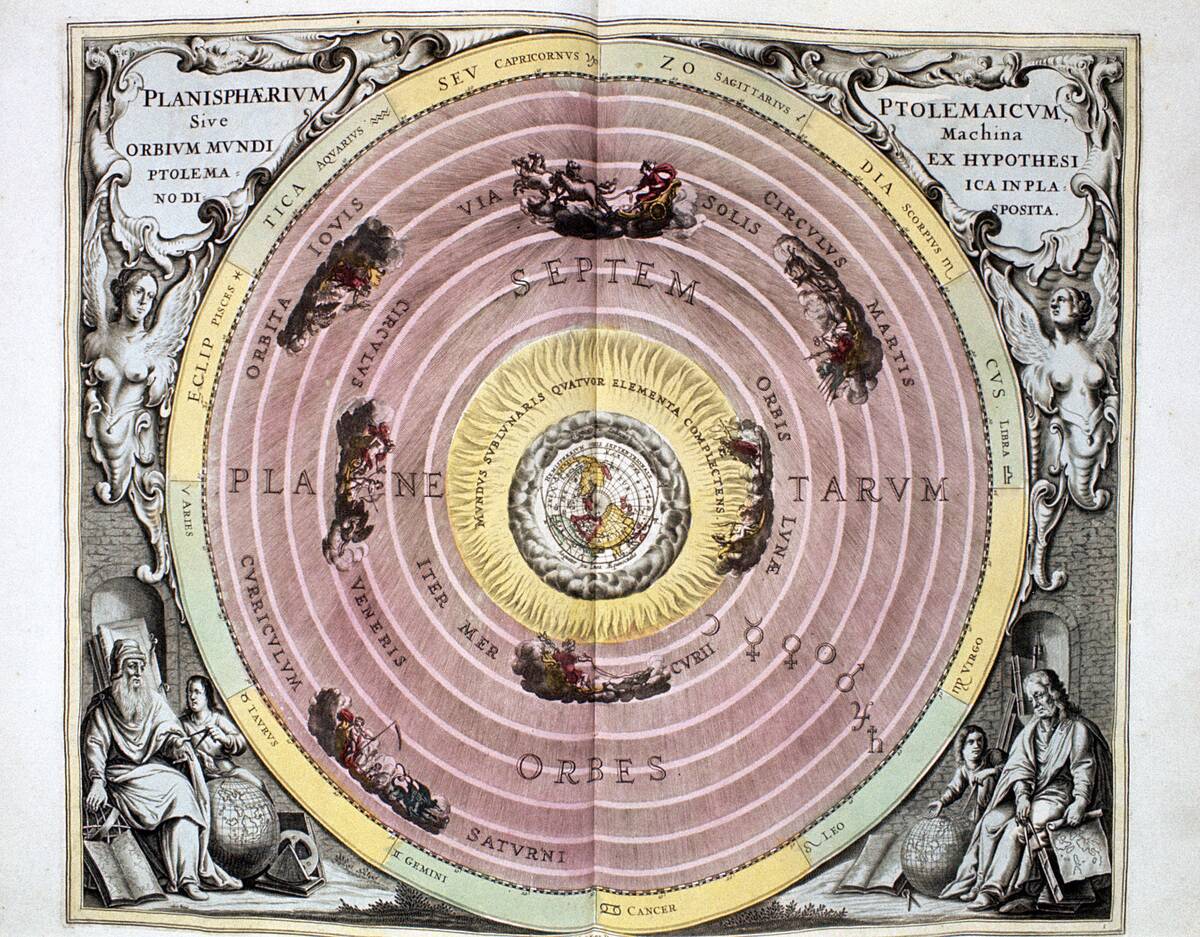
The geocentric model, championed by Ptolemy and Aristotle, placed Earth at the universe’s center with celestial bodies orbiting it. This view dominated until the 16th century when Nicolaus Copernicus proposed the heliocentric model.
The shift was solidified by Galileo’s telescopic observations and Johannes Kepler’s laws of planetary motion. The geocentric model’s eventual debunking marked a significant milestone in astronomy, illustrating the power of observation and evidence in reshaping our understanding of the cosmos.
The Four Humors: Ancient Medicine’s Balancing Act
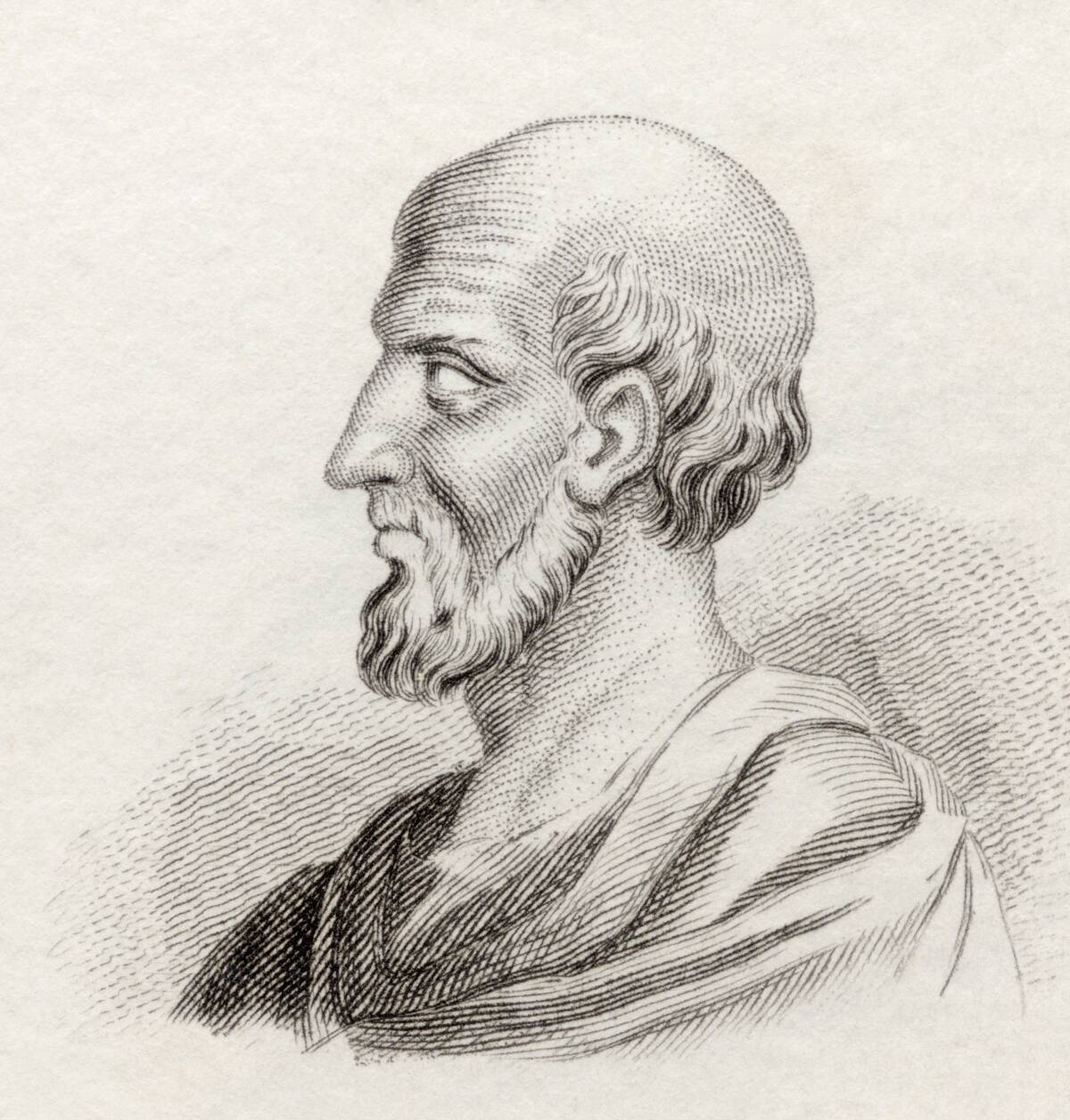
The four humors theory was a cornerstone of ancient medicine, positing that human health depended on the balance of blood, phlegm, black bile, and yellow bile. Hippocrates (pictured) and Galen were key proponents, and this idea influenced medical practice for centuries.
With the advent of modern medical science, the humoral theory was replaced by more accurate understandings of human physiology and disease. Despite its obsolescence, it highlights the historical roots of medical practice and the evolution of health care.
The Static Universe Theory: An Unchanging Cosmos
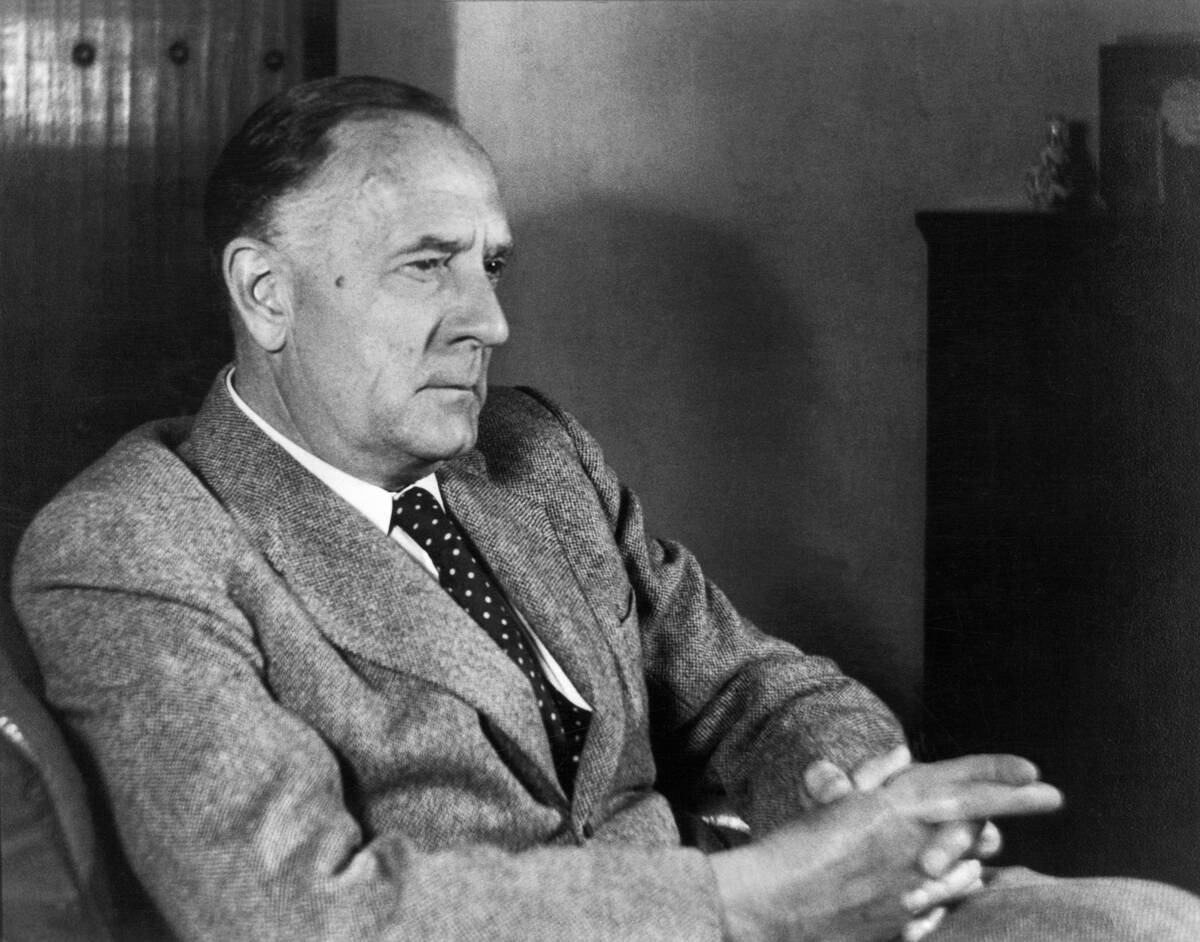
The static universe theory suggested that the universe was eternal and unchanging. This view was widely accepted until Edwin Hubble’s (pictured) observations in the 1920s revealed that galaxies were moving away from each other, indicating an expanding universe.
Albert Einstein initially supported the static model but later embraced the dynamic nature of the cosmos. The shift from a static to an expanding universe was a paradigm change, paving the way for the Big Bang theory and modern cosmology.
Caloric Theory: The Substance of Heat
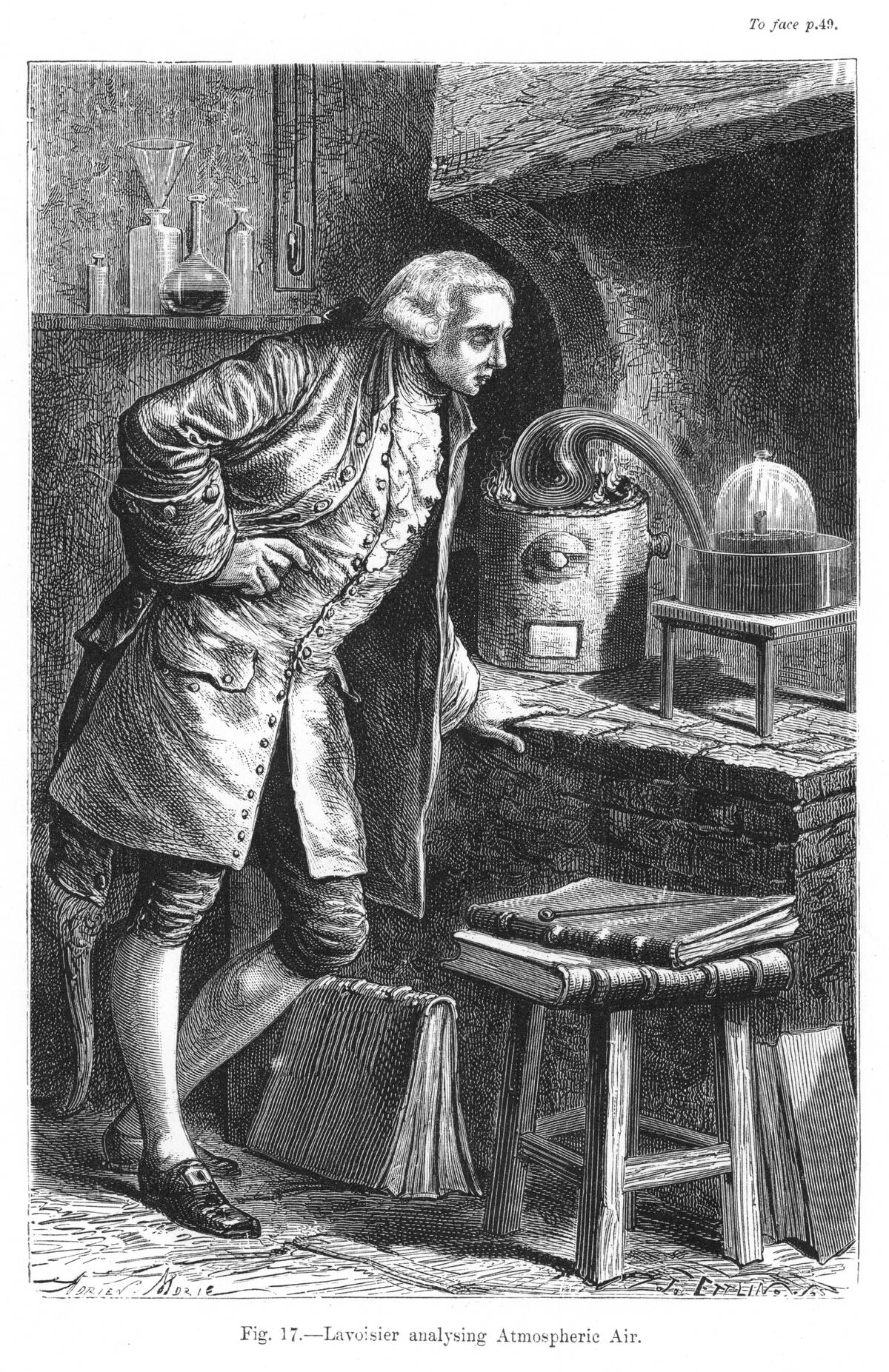
Caloric theory posited that heat was a fluid-like substance called caloric that flowed from hot to cold bodies. Proposed by Antoine Lavoisier, it was a prevailing explanation for heat transfer until the mid-19th century.
The development of the kinetic theory of gases and the law of conservation of energy rendered caloric theory obsolete. Despite its inaccuracies, caloric theory played a role in developing thermodynamics and set the stage for future breakthroughs in understanding energy.
The Planet Vulcan: Imaginary Neighbor of Mercury
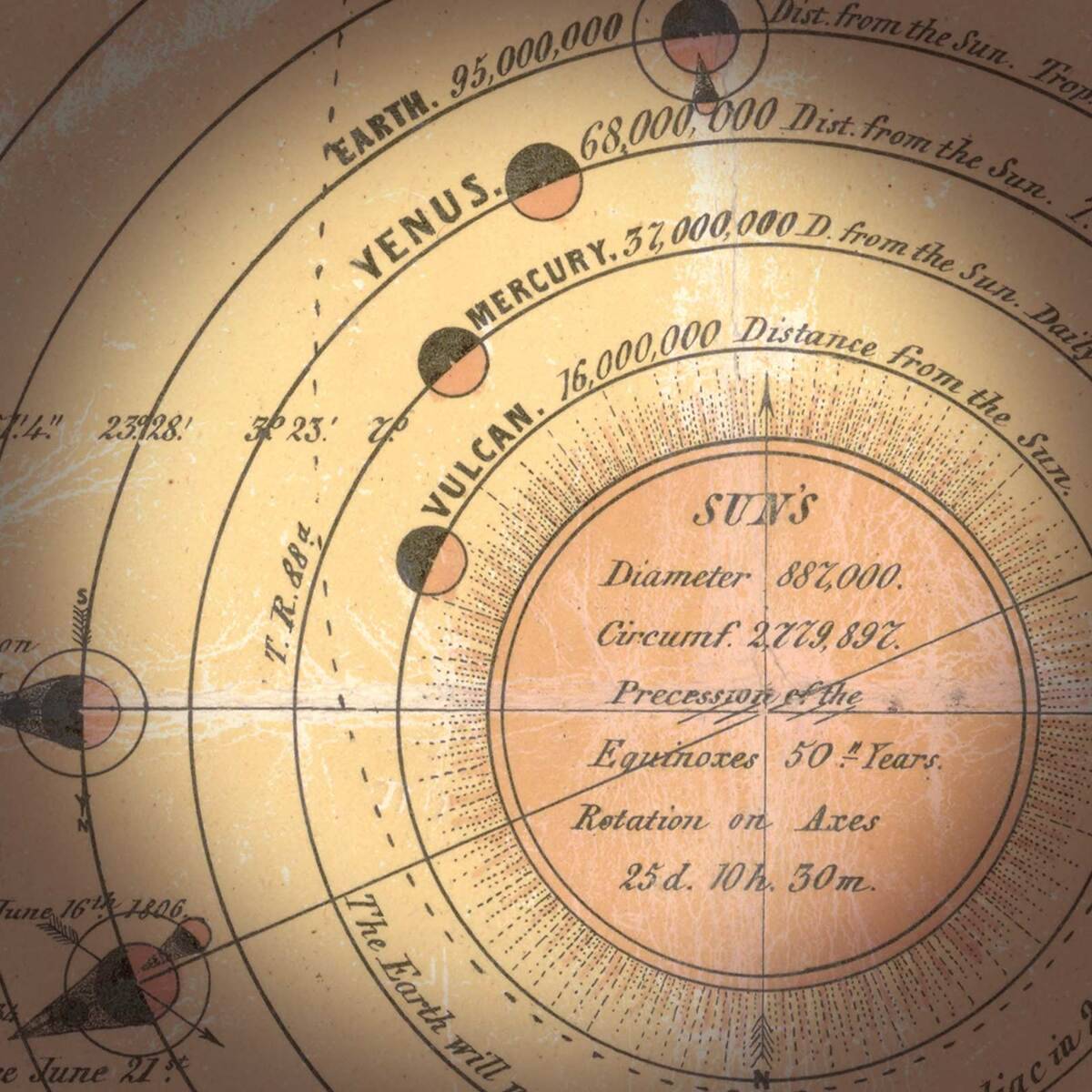
The planet Vulcan was hypothesized to exist between Mercury and the Sun to explain Mercury’s orbital anomalies. Proposed in the 19th century by Urbain Le Verrier, telescopic searches for Vulcan were fruitless.
Albert Einstein’s general theory of relativity eventually explained the discrepancies in Mercury’s orbit without the need for an additional planet. The quest for Vulcan showcases the lengths scientists will go to understand celestial mechanics and the willingness to discard theories when new evidence emerges.
Maternal Impression: Thoughts and Birth Defects

Maternal impression was the belief that a mother’s experiences and thoughts could physically affect her unborn child. This idea was prevalent in medieval and Renaissance times, often used to explain birth defects.
Modern genetics and embryology have thoroughly debunked this notion, but it remains a fascinating glimpse into historical beliefs. The transition from superstition to science in understanding heredity and development underscores the progress of medical science through the ages.
The Titius-Bode Law: Predicting Planetary Orbits
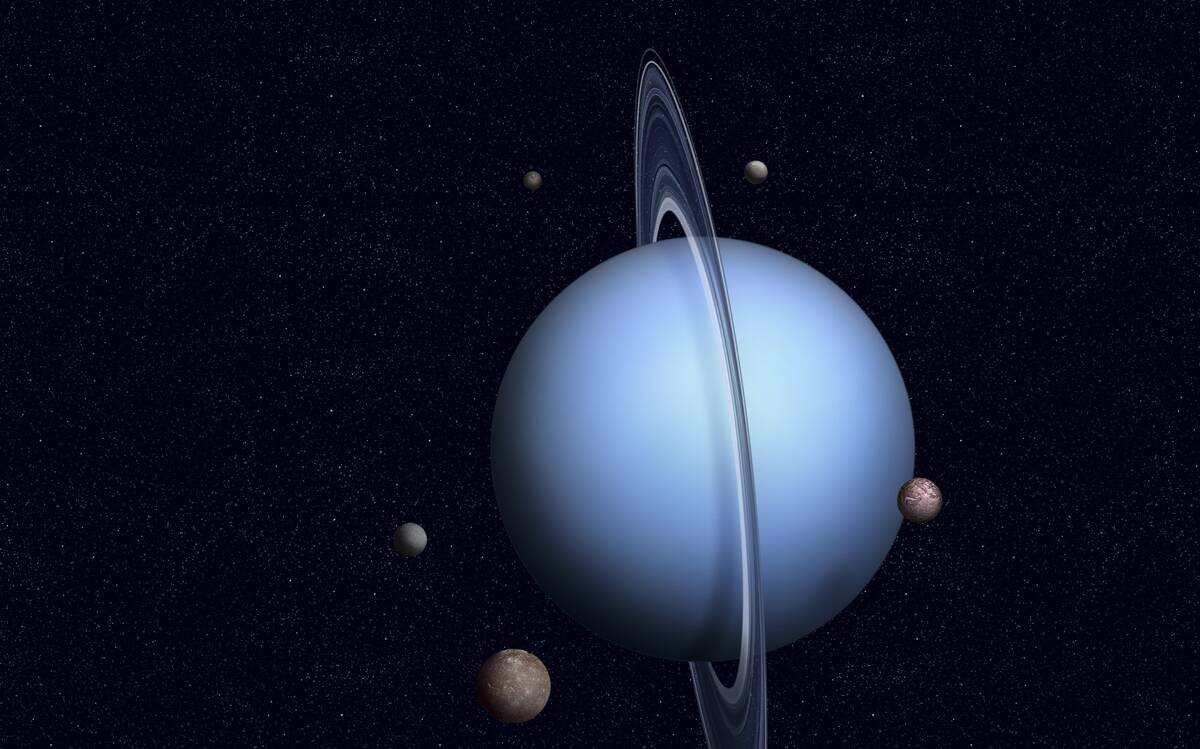
The Titius-Bode law was an empirical rule suggesting that the distances of planets from the Sun followed a predictable pattern. Formulated in the 18th century, it successfully predicted Uranus’s position but failed with Neptune and Pluto.
Though it’s no longer considered valid, the law sparked interest in planetary science. Its early successes and eventual failures illustrate the challenges of developing universal laws in astronomy and the importance of empirical data in shaping scientific theories.
The Piltdown Man: The Greatest Paleoanthropological Hoax
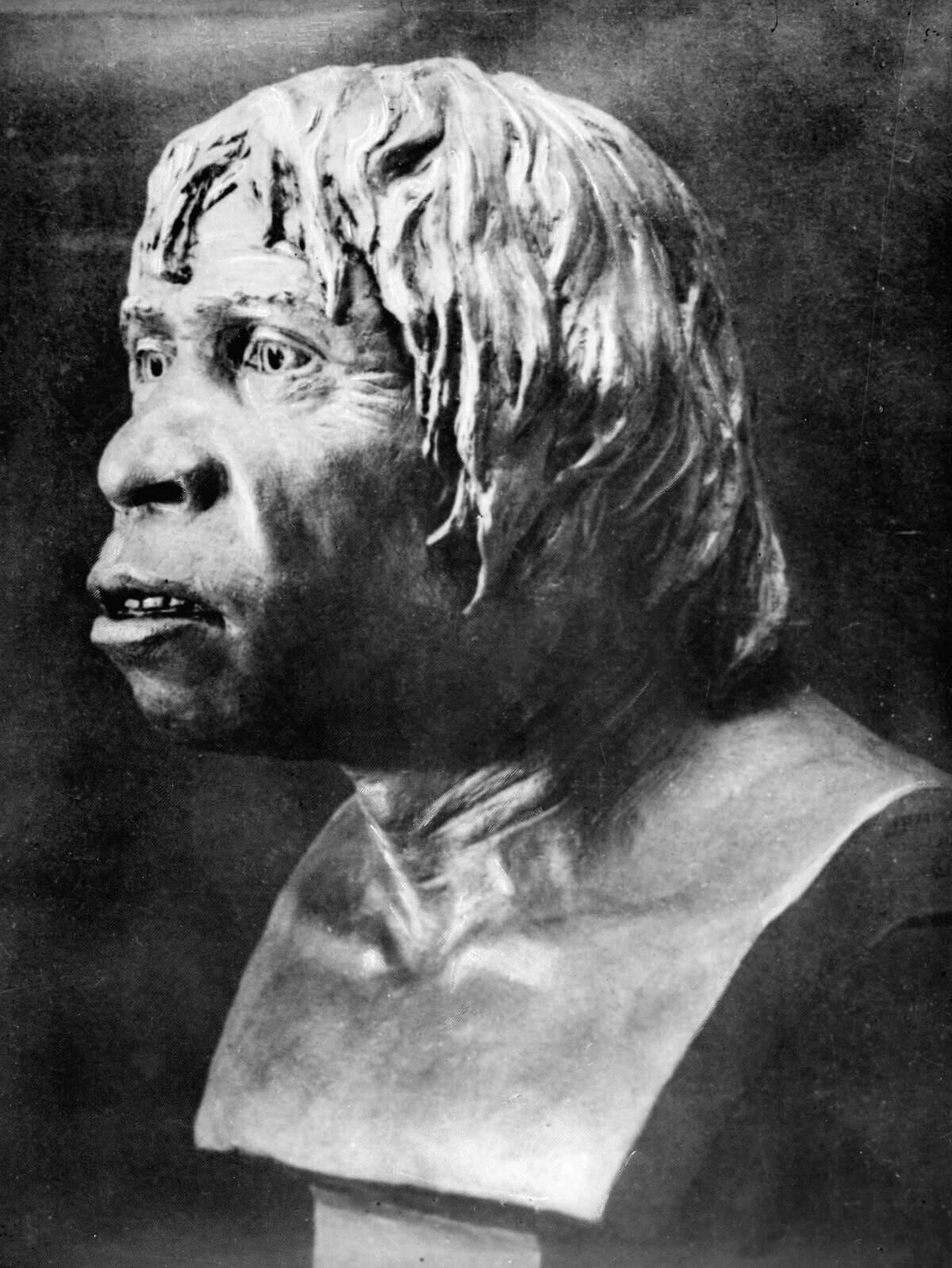
The Piltdown Man was a supposed early human ancestor discovered in England in 1912. For decades, it was considered a significant find until it was revealed as a hoax in 1953. The skull fragments were cleverly altered to appear ancient.
The Piltdown Man hoax highlights the importance of scientific skepticism and rigorous peer review. It serves as a cautionary tale in paleoanthropology, reminding us of the need for vigilance against fraud in the pursuit of knowledge.
The Polywater Controversy: A New State of Water
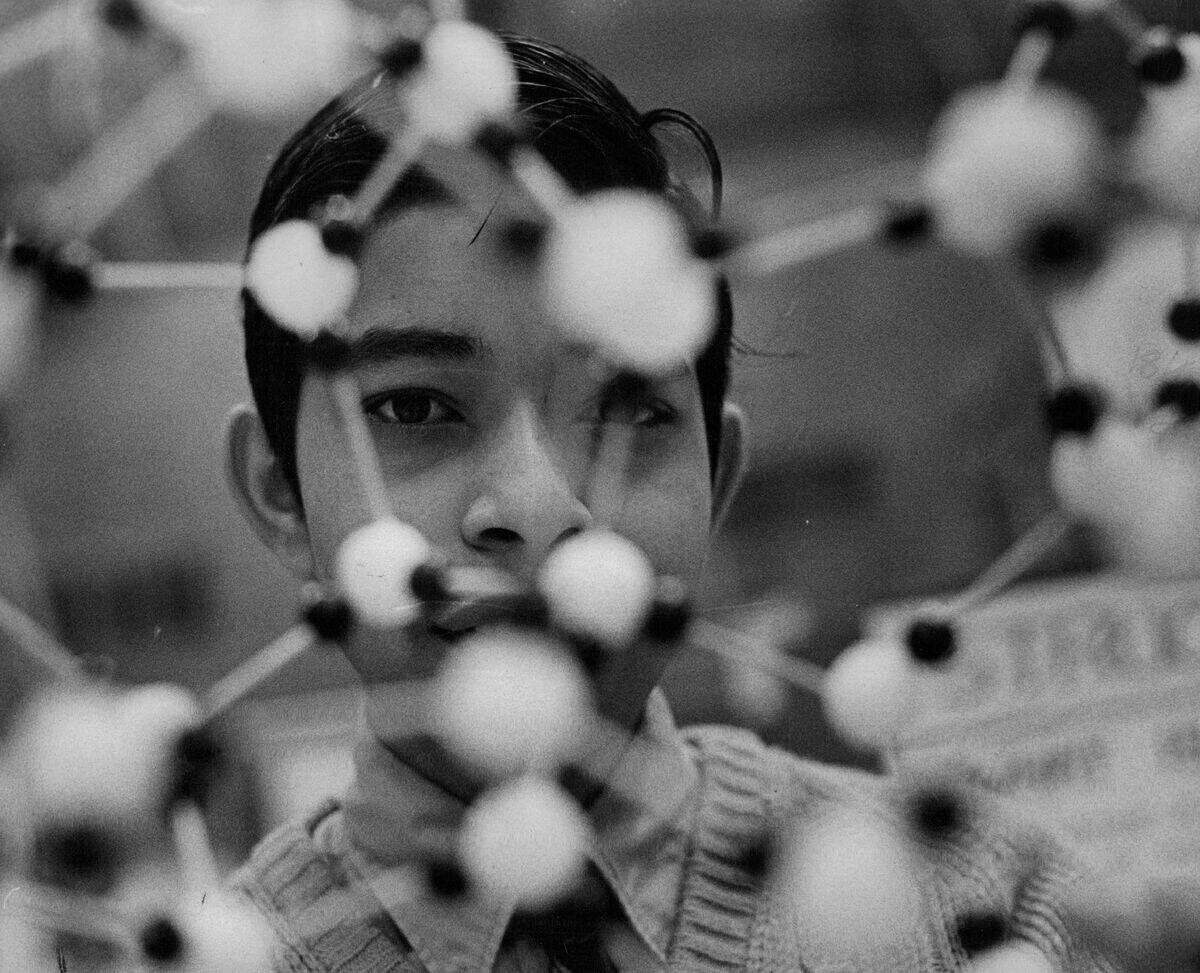
In the 1960s, polywater was proposed as a new form of water with unusual properties like higher viscosity. Soviet scientists first reported it, leading to international excitement and concern over potential military applications.
However, further research revealed that polywater was contaminated water rather than a new state. The polywater controversy underscores the importance of reproducibility and peer review in scientific research, highlighting how initial excitement must be tempered by careful investigation.
N-Rays: A Ghostly Form of Radiation
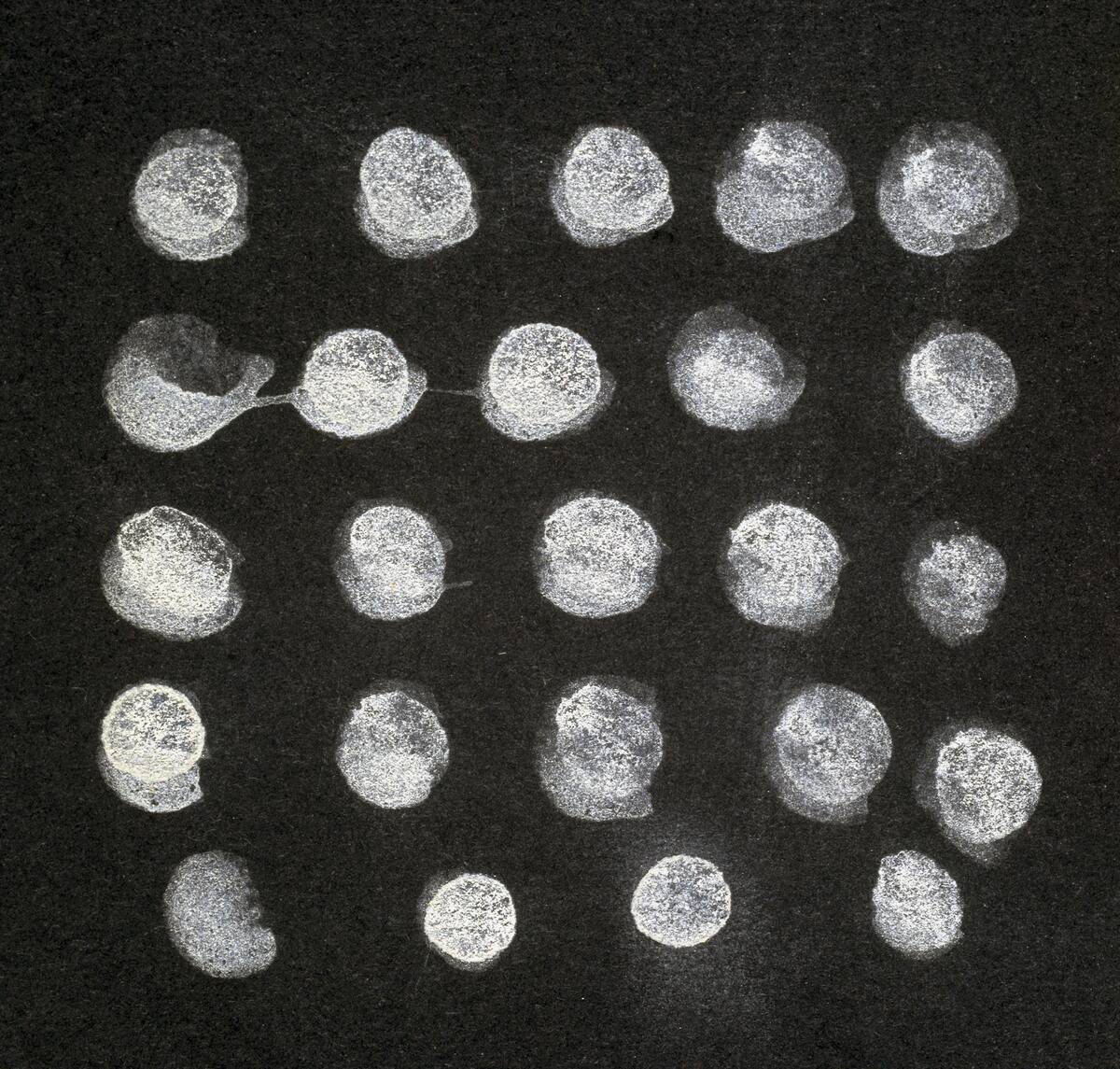
N-rays were claimed to be a new form of radiation discovered by French physicist Prosper-René Blondlot in 1903. They were said to enhance visibility and affect the brightness of objects.
However, N-rays were later debunked when American physicist Robert Wood demonstrated that the results were subjective and lacked reproducible evidence. The N-ray episode serves as a reminder of the importance of skepticism and rigorous experimentation in the scientific process to avoid false discoveries.
Phrenology: Reading the Mind Through the Skull
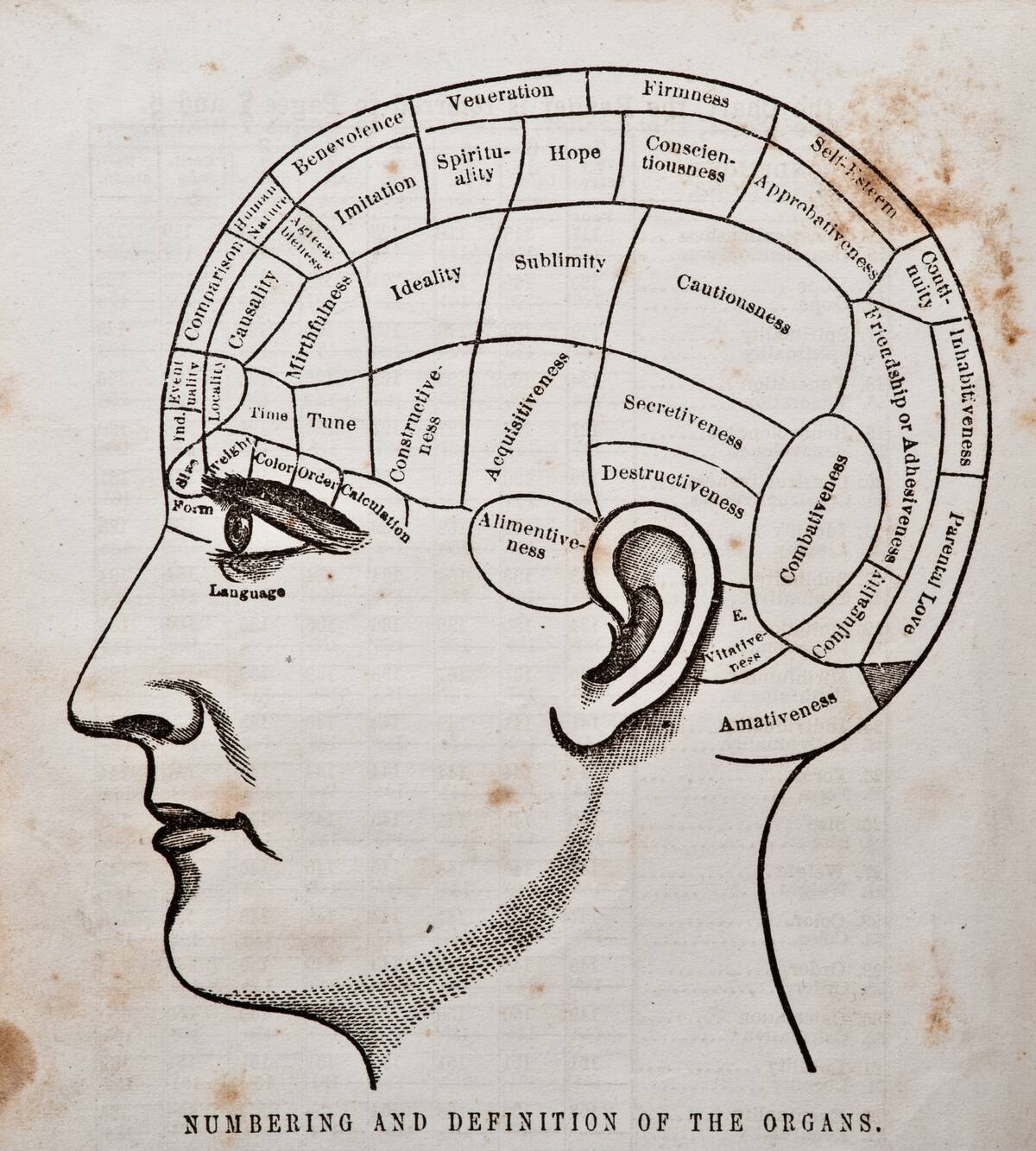
Phrenology was a pseudoscience popular in the 19th century that claimed to determine personality traits based on skull shape. Founded by Franz Joseph Gall, it suggested that different brain areas governed specific character aspects.
Although debunked as a scientific discipline, phrenology influenced early neuroscience, prompting interest in brain function localization. The journey from phrenology to modern neuroscience highlights the evolving understanding of the brain and the dangers of overreliance on unverified methods.
Alchemy: The Quest for the Philosopher’s Stone
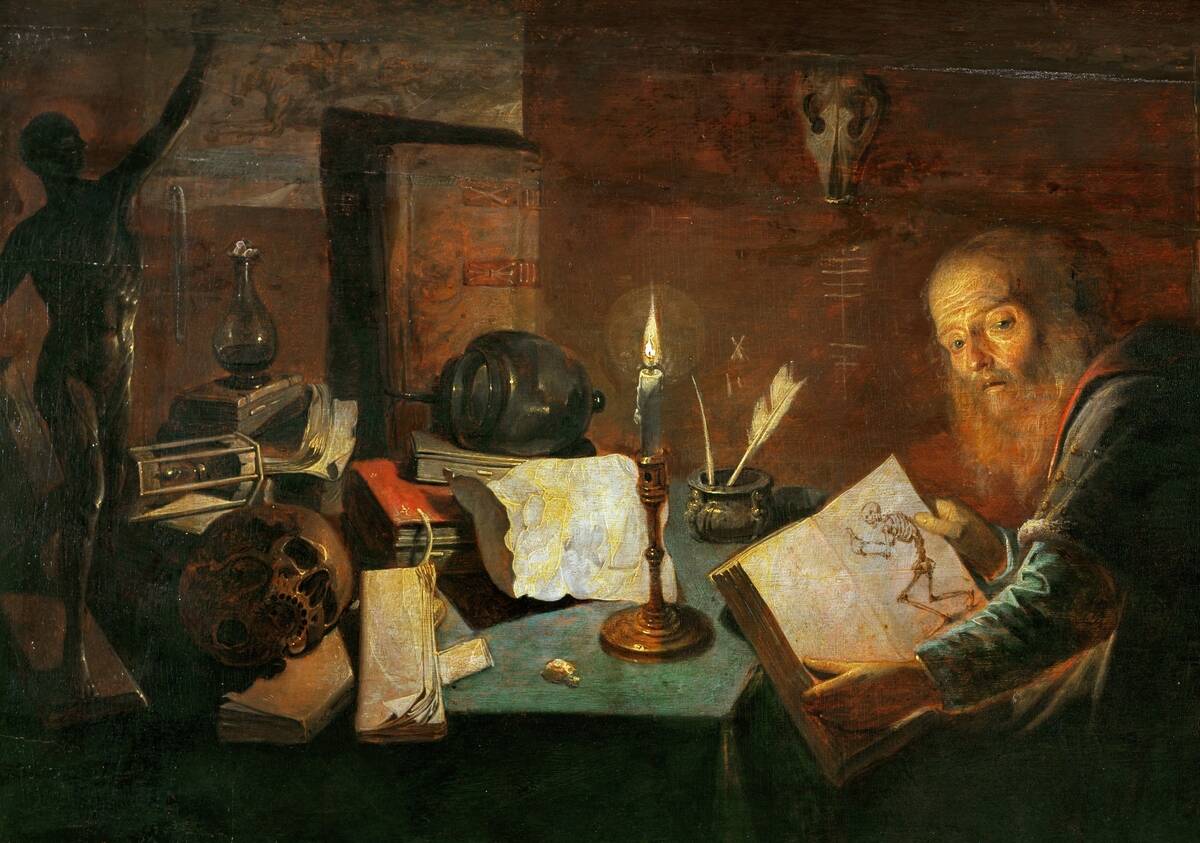
Alchemy was an ancient practice aiming to transform base metals into gold and discover the philosopher’s stone, a substance that supposedly granted eternal life. Though it never achieved these goals, alchemy laid the groundwork for modern chemistry.
Alchemists like Paracelsus made significant contributions to medicine and laboratory techniques. The pursuit of alchemy, with its blend of mysticism and science, underscores humanity’s enduring quest for knowledge and the transformation of curiosity into scientific inquiry.
The Martian Canals: Evidence of Alien Engineers
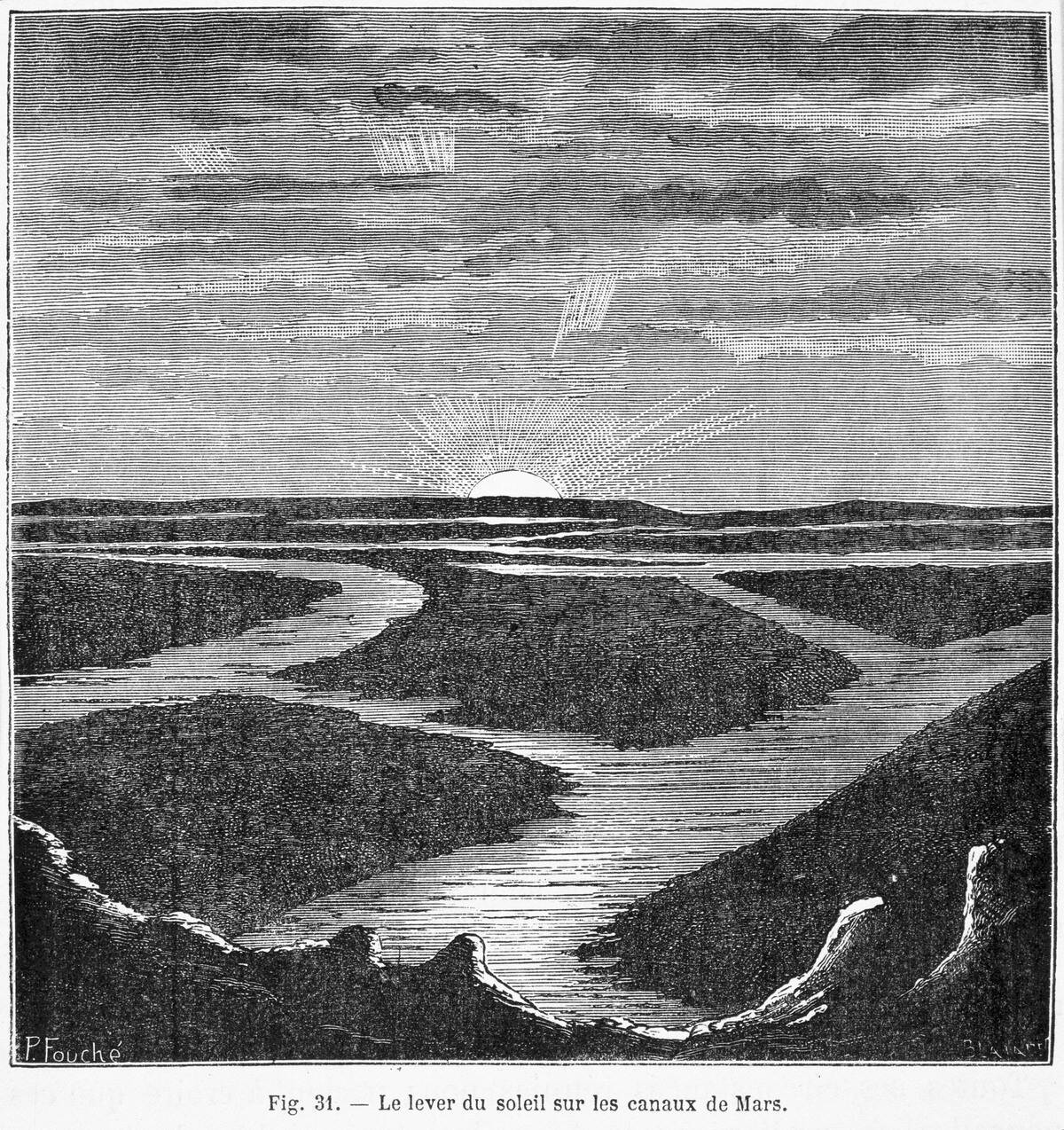
The Martian canals were a network of linear features observed on Mars in the late 19th century by astronomer Giovanni Schiaparelli. Percival Lowell later promoted the idea that these canals were built by intelligent Martians to distribute water.
However, higher-resolution images from spacecraft revealed they were optical illusions. The Martian canals episode reflects our fascination with extraterrestrial life and the role of imagination in interpreting limited data, reminding us of the importance of technology in refining our cosmic perspective.



